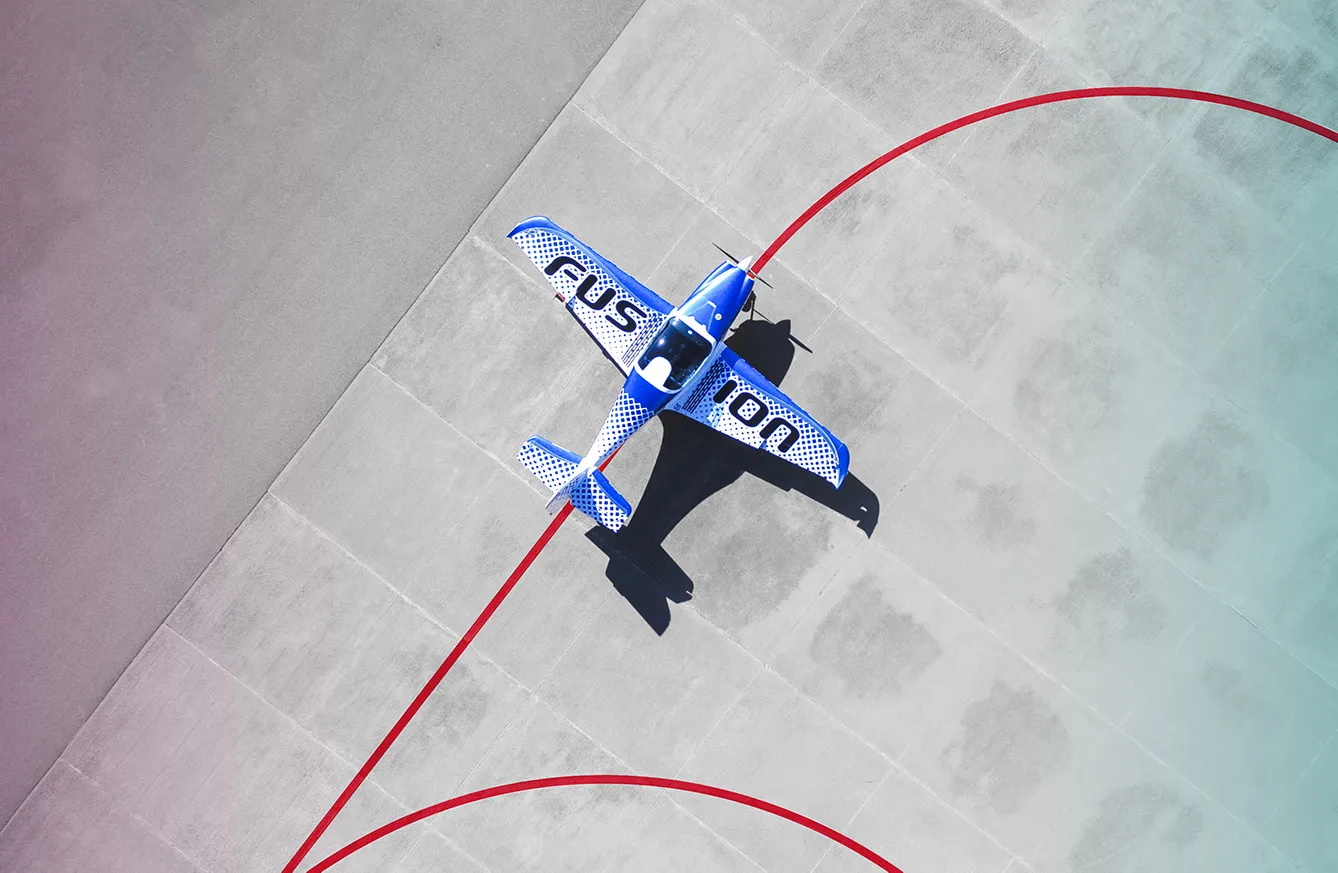Throughout history, the privilege of constructing an aircraft has been limited to a select group of countries. This distinction is not just about the actual construction of the aircraft but also a symbol of a nation’s capacity for innovation, its commitment to cutting-edge research, and its willingness to push the boundaries of what is technologically possible.
In the early days of aviation, aircraft were simple skeletal structures made of lattice frames, first covered in cloth and later sheathed in aluminum. These rudimentary designs have since evolved, replaced by modern, sophisticated, and lightweight materials, showcasing advancements in aviation technology and the progress of innovation.
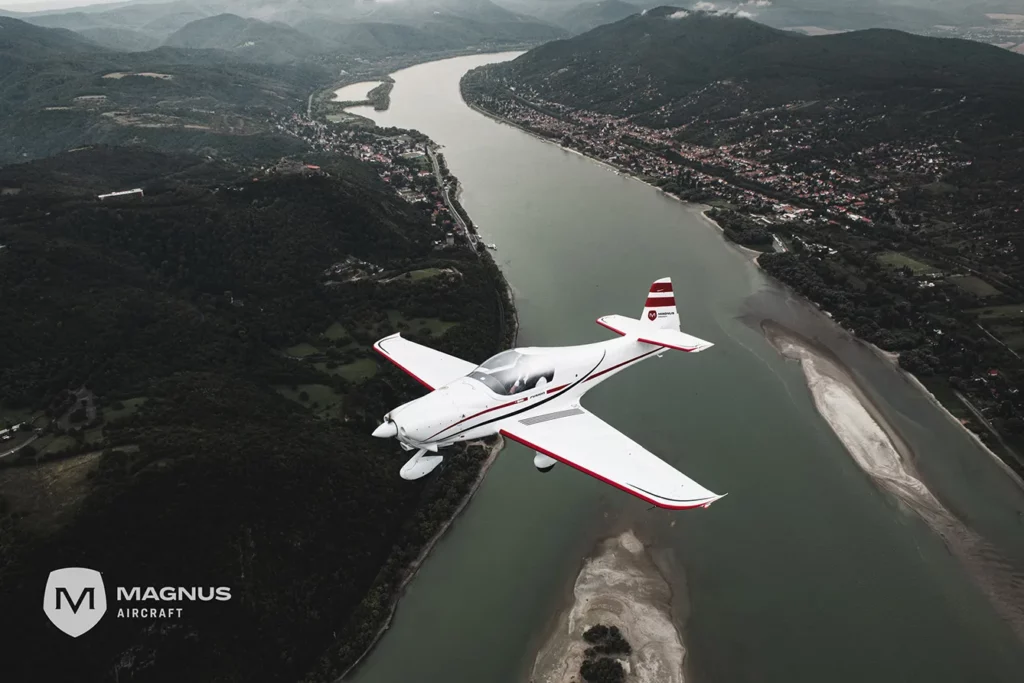
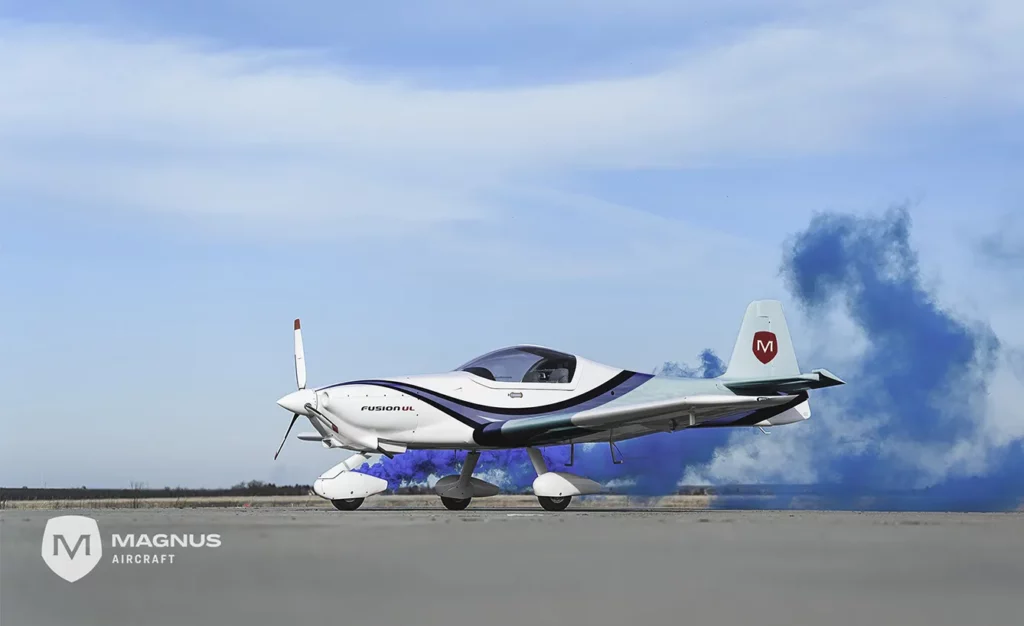
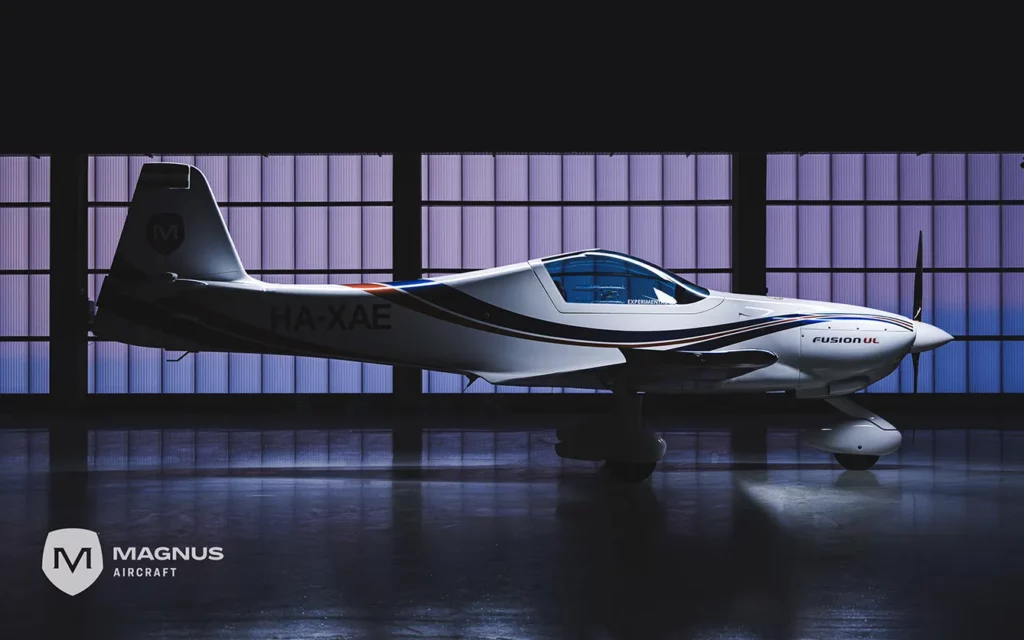
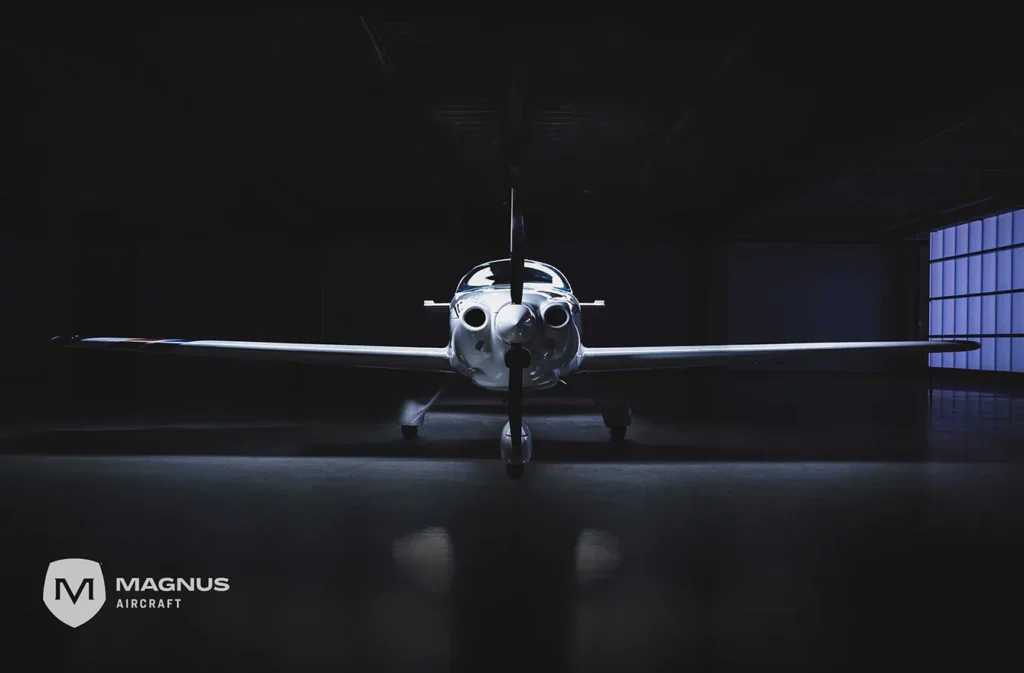
A few years ago, Hungary has taken a giant leap in this arena. Magnus Aircraft Zrt., a Hungarian enterprise, has emerged as a globally recognized producer of technologically advanced aircraft. Specializing in the development, production, and sale of ultralight and LSA category 2-seater composite planes, its creations are renowned for their stability combined with dynamism. Remarkably, these aircraft can handle stresses of +6 / -3 G, facilitating even aerobatic maneuvers.
Magnus Aircraft Fusion
Hungary’s entry into the aviation sector reached a pivotal point with the introduction and approval of the Magnus Aircraft Fusion 213. It’s the first aircraft to be entirely conceptualized and produced within Hungary and attain a type certification from the European Aviation Safety Agency (EASA). This plane symbolizes Hungary’s evolving aviation dynamics and aligns with the rigorous standards set for ultralight aircraft in Europe.
Ultralight aircraft, commonly referred to as UL, are characterized by their lightweight build and straightforward operation. They belong to a unique classification, with a take-off weight cap of 472.5 kg across most of Europe. Such a weight constraint means manufacturers often have to be minimalist in the aircraft’s equipment. Legally, ULs aren’t eligible for PPL (Private Pilot License) training, which serves as the basis for advanced pilot training phases.
From Fusion 212 to Fusion 213
Driven by an ambitious goal to create the sexiest airplane one could ever encounter (Magnus Aircraft’s own words), the Hungarian company initiated enhancements to their first Fusion 212 ultralight model in 2017. Their aim was to transition it to the LSA (light-sport aircraft) bracket, which necessitates compliance with more rigorous EASA-type certification standards and allows a greater maximum take-off weight of 600 kg.


The Fusion 213 saw major adjustments to its structural design, particularly in its composite arrangement. These changes ensure the plane can withstand the added stress due to its elevated maximum take-off weight and the related +6 G load for aerobatic maneuvers. Also, Fusion 213 has been fitted with extra fuel tanks in each wing, expanding its reach to an impressive 1000+ km.
The previously used metal grid structure connecting the wing to the main body has been replaced with a sturdy composite assembly. Finally, Fusion’s cockpit has been made more user-friendly. Its avionics, earlier a Dynon EFIS, have been upgraded to a well-known Garmin, offering better navigation and control.
China enters the skies
The future of Magnus Aircraft’s Fusion plane is poised for significant expansion, thanks to a major EUR 175 million investment by the Chinese subsidiary of the Hungarian-owned company. This investment is directed toward constructing an 18,000-square-meter aircraft manufacturing complex in Wuxi, near Shanghai.
For Hungary, the growth and achievements of Magnus Aircraft Zrt. signify more than just the creation of aircraft. It’s an emblem of the country’s potential, its embrace of modernity, and its commitment to innovation.


